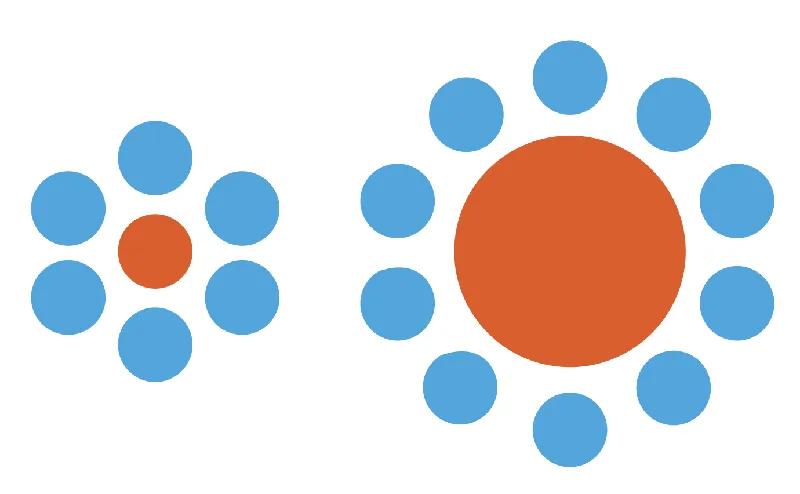Revolutionizing Visual Reasoning: How PyVision Empowers AI to Craft Dynamic Tools On-The-Fly

In a groundbreaking study by researchers from Shanghai AI Lab and Rice University, a new framework called PyVision has been introduced, heralding a significant leap in how AI models reason about visual inputs. Unlike traditional approaches that limit AI performance to predefined workflows, PyVision enables AI to dynamically generate and execute custom Python tools, transforming the way machines understand and interact with visual information.
The Need for Dynamic Tooling
Historically, visual reasoning models relied heavily on static toolsets—essentially preordained methods and functions to analyze images or videos. This restricted flexibility often led to frustrating limitations when dealing with complex images or nuanced tasks. The study argues for a need to allow AI systems not just to utilize existing tools but to create their own as needed. With PyVision, this challenge is addressed by enabling MLLMs (Multimodal Large Language Models) to autonomously generate Python code tailored to the specific question posed by the user.
Innovative Features of PyVision
PyVision operates in a multi-turn interaction model where the AI evaluates the output from its generated code, refining its approach with every iteration. This iterative process culminates in adaptive problem-solving, significantly enhancing the model's reasoning capabilities. By utilizing Python’s extensive ecosystem of libraries, such as OpenCV and NumPy, PyVision can tackle various tasks—from simple image manipulations like cropping to complex data analyses and visual enhancements.
Demonstrating Enhanced Performance
Quantitative results speak volumes about PyVision’s efficacy. Compared to its predecessors, PyVision showed performance boosts of +7.8% on certain visual benchmarks when integrated with the robust GPT-4.1 model and an astonishing +31.1% enhancement on the Claude-4.0-Sonnet model. This indicates that PyVision acts not merely as an add-on but amplifies the underlying strengths of existing models, propelling them to new heights.
Diverse Applications and Advantages
Beyond mere performance increases, PyVision opens up a range of applications. In medical imaging, its ability to enhance visual details allows for more accurate diagnoses. In mathematical problem-solving, dynamic tool generation helps automate complex calculations, making tools that respond directly to the problem at hand. Combining these capabilities grants a revolutionary edge to AI, transforming complex visual reasoning tasks into more manageable, intuitive processes.
A Forward Look
The implications of PyVision are profound. As AI continues to evolve, frameworks like PyVision represent a key step towards truly autonomous systems capable of versatile, on-the-fly reasoning and decision-making. By equipping AI with the ability to dynamically adapt its tools based on immediate context, we inch closer to a future where machines can engage with real-world challenges with human-like adaptability and intelligence.